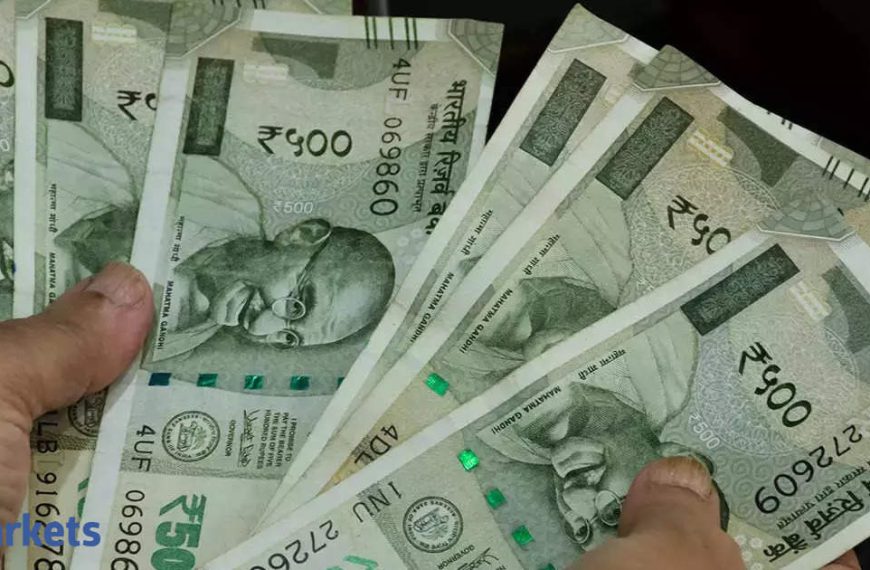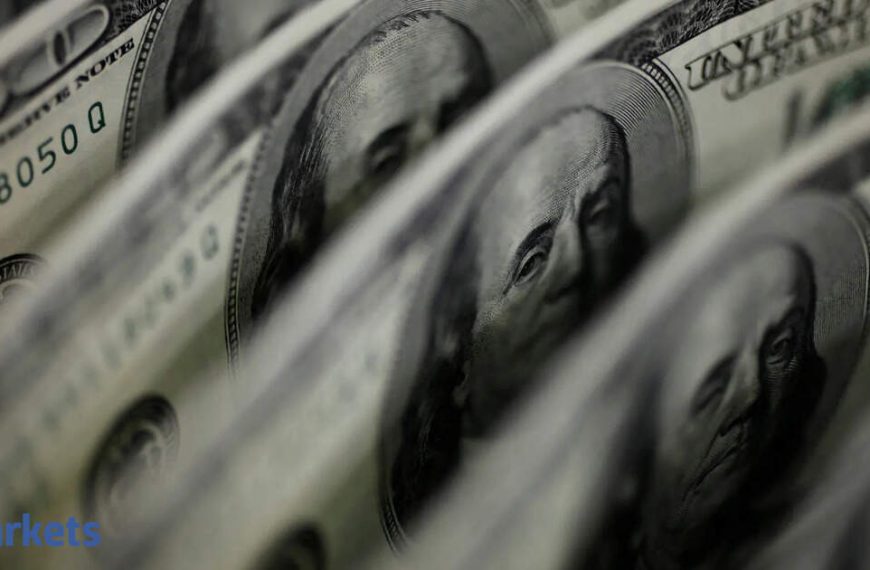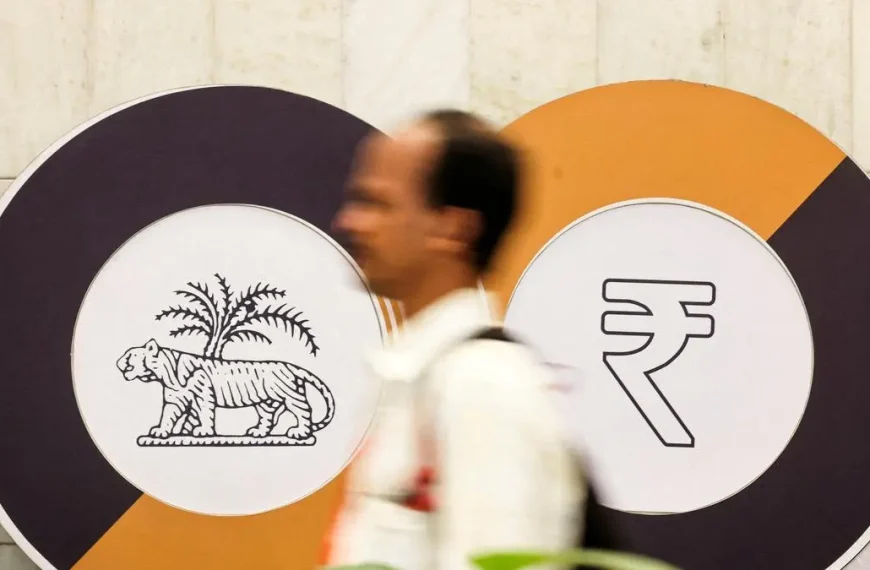In a notable shift in the forex market, the Indian Rupee gained 34 paise, trading at 84.96 against the US Dollar during early Friday sessions. This surge comes as a result of the dollar’s weakness, influenced by the effects of tariffs imposed by former President Trump, providing a much-needed boost to emerging market currencies, including the rupee. The decline in crude oil prices further contributed to this positive momentum.
Factors Behind the Rupee’s Appreciation
Traders in the foreign exchange sector highlighted several key reasons for the rupee’s upward trajectory:
- Weakened Dollar: Ongoing concerns regarding inflation and potential recession in the United States have led to a dip in the dollar’s strength.
- Global Trade Concerns: Retaliatory tariffs from international trading partners could exacerbate fears of a worldwide trade slowdown.
- Interbank Activity: The rupee opened at 85.07 before improving to 84.96, marking a significant increase from its previous closing rate of 85.30.
Market Reactions and Economic Insights
On Thursday, the rupee had already shown resilience, closing 22 paise higher against the dollar. Analysts noted that the dollar’s decline against major currencies was a reaction to the implementation of reciprocal tariffs on about 60 countries by the Trump administration.
Amit Pabari, Managing Director of CR Forex Advisors, emphasized that while the tariffs aim to increase revenue, they may inadvertently lead to higher import costs for consumers, potentially hindering economic growth.
- Dollar Index Decline: The dollar index, which measures the currency against a basket of six major currencies, fell by 0.42%, trading at 101.64.
- Crude Prices: Brent crude, a global oil benchmark, decreased by 0.84%, now priced at USD 69.55 per barrel.
India’s Position in the Global Tariff Landscape
Interestingly, India appears to be one of the emerging economies relatively insulated from the tariff disputes. Pabari pointed out that India faces a lower effective tariff rate of 27%, significantly less than nations like China and Vietnam, which positions India favorably in the global market.
Domestic Market Overview
In the broader equity market, the BSE Sensex dropped by 594.05 points, or 0.78%, closing at 75,701.31 points. Similarly, the Nifty index fell by 239.85 points, or 1.03%, to settle at 23,010.25 points. Furthermore, foreign institutional investors (FIIs) sold equities worth Rs 2,806.00 crore on a net basis, underscoring a cautious approach amidst current market fluctuations.
As these developments unfold, the Indian Rupee’s performance and its relative stability in the face of global economic challenges will be closely monitored by investors and analysts alike.











